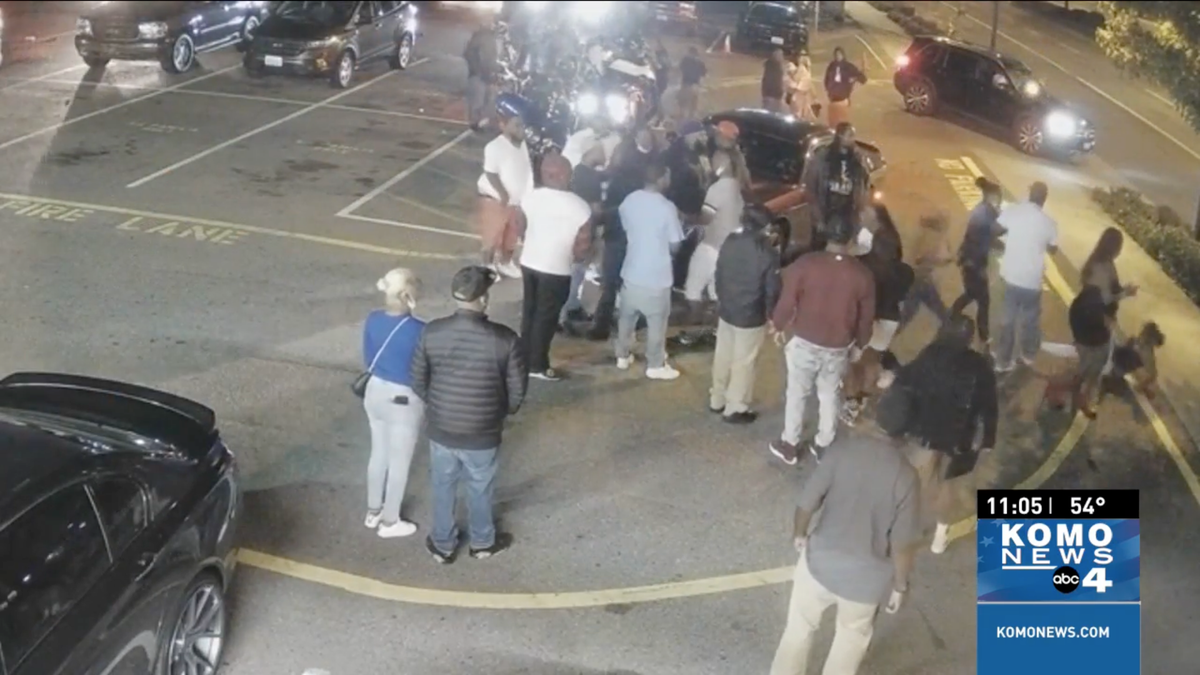A judge in Washington state has blocked video evidence that’s been “AI-enhanced” from being submitted in a triple murder trial. And that’s a good thing, given the fact that too many people seem to think applying an AI filter can give them access to secret visual data.



Years ago, I remember looking at satellite photos of some city, and there was a rainbow colored airplane trail on one of the photos. It was explained that for a lot of satellites, they just use a black and white imaging sensor, and take 3 photos while rotating a red/green/blue filter over that sensor, then combining the images digitally into RGB data for a color image. For most things, the process worked pretty seamlessly. But for rapidly moving objects, like white airplanes, the delay between the capture of red/green/blue channel created artifacts in the image that weren’t present in the actual truth of the reality being recorded. Is that specific satellite method all that different from how modern camera sensors process color, through tiny physical RGB filters over specific subpixels?
Even with conventional photography, even analog film, there’s image artifacts that derive from how the photo is taken, rather than what is true of the subject of the photograph. Bokeh/depth of field, motion blur, rolling shutter, and physical filters change the resulting image in a way that is caused by the camera, not the appearance of the subject. Sometimes it makes for interesting artistic effects. But it isn’t truth in itself, but rather evidence of some truth, that needs to be filtered through an understanding of how the image was captured.
Like the Mitch Hedberg joke:
So yeah, at a certain point, for evidentiary proof in court, someone will need to prove some kind of chain of custody that the image being shown in court is derived from some reliable and truthful method of capturing what actually happened in a particular time and place. For the most part, it’s simple today: i took a picture with a normal camera, and I can testify that it came out of the camera like this, without any further editing. As the chain of image creation starts to include more processing between photons on the sensor and digital file being displayed on a screen or printed onto paper, we’ll need to remain mindful of the areas where that can be tripped up.
The crazy part is that your brain is doing similar processing all the time too. Ever heard of the blindspot? Your brain has literally zero data there but uses “content-aware fill” to hide it from you. Or the fact, that your eyes are constantly scanning across objects and your brain is merging them into a panorama on the fly because only a small part of your field of vision has high enough fidelity. It will also create fake “frames” (look up stopped-clock illusion) for the time your eyes are moving where you should see a blur instead. There’s more stuff like this, a lot of it manifests itself in various optical illusions. So not even our own eyes capture the “truth”. And then of course the (in)accuracy of memory when trying to recall what we’ve seen, that’s an entirely different can of worms.
Fantasitc expansion of my thought. This is something that isn’t going to be answered with an exact scientific value but will have to decided based on our human experiences with the tech. Interesting times ahead.